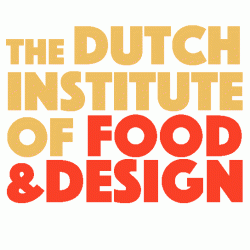Menus are interfaces. Cluttered ones slow choices, push people to default picks and bury great dishes. This guide shows how to cut cognitive noise and make choices clear without resorting to tricks.
Why noise hurts
- Too many items: decision paralysis; diners fall back to the first or cheapest option.
- Visual shouting: all-caps, mixed alignments and icons everywhere reduce scan speed.
- Price confusion: inconsistent formats (£12 vs 12.00), prices scattered across the page.
- Buried context: allergens, dietary cues and portions hidden in small print.
20-minute audit
- Pick one section (e.g., mains). Count items; aim for 7–10 per section.
- Scan left edges only. If dish names don’t align, fix alignment or shorten names.
- Circle duplicated adjectives (“signature”, “artisan”). Keep one, cut the rest.
- Check price format: always £12.50 (no dotless tens, no trailing decimals if .00).
- Mark allergens and dietary info with a single legend (e.g., GF, V, Ve) and one help line.
Clean patterns
- One grid: name on the left, concise description below, price right-aligned on the same line.
- Plain language: lead with the recognisable ingredient first; ditch fluff (“delicious”, “finest”).
- Smart grouping: split long sections by cooking method or main ingredient, not by marketing labels.
- Gentle emphasis: highlight one or two house dishes with a subtle bullet or tint, not banners.
- Transparent options: note portion sizes and sides up front; avoid forced upsells in microcopy.
Accessibility basics
- Minimum 12–14 pt body; 1.4 line height.
- High contrast text on matte stock; avoid light grey on cream.
- Don’t rely on colour alone for dietary labels; pair with text.
- For digital menus: keyboard focus states and alt text for dish images.
Success metrics
- Decision time per table down; staff “menu questions” down.
- Spread of orders across dishes more even (not just top-left items).
- Fewer allergen mistakes and fewer returns.
- Repeat visits and basket add-ons steady or up without nudges.
Bottom line: a quiet menu helps guests decide quickly and confidently — and lets the food speak first.

